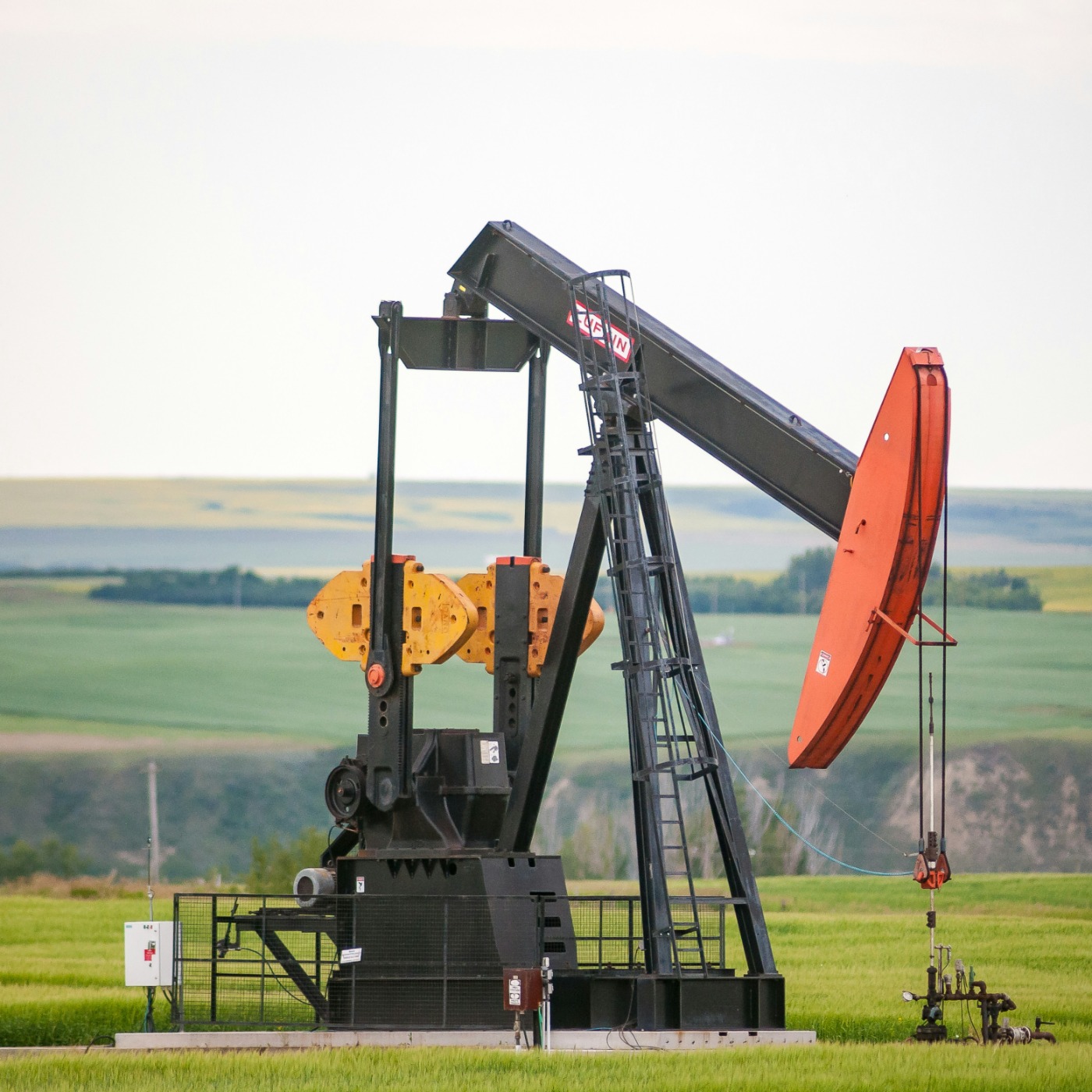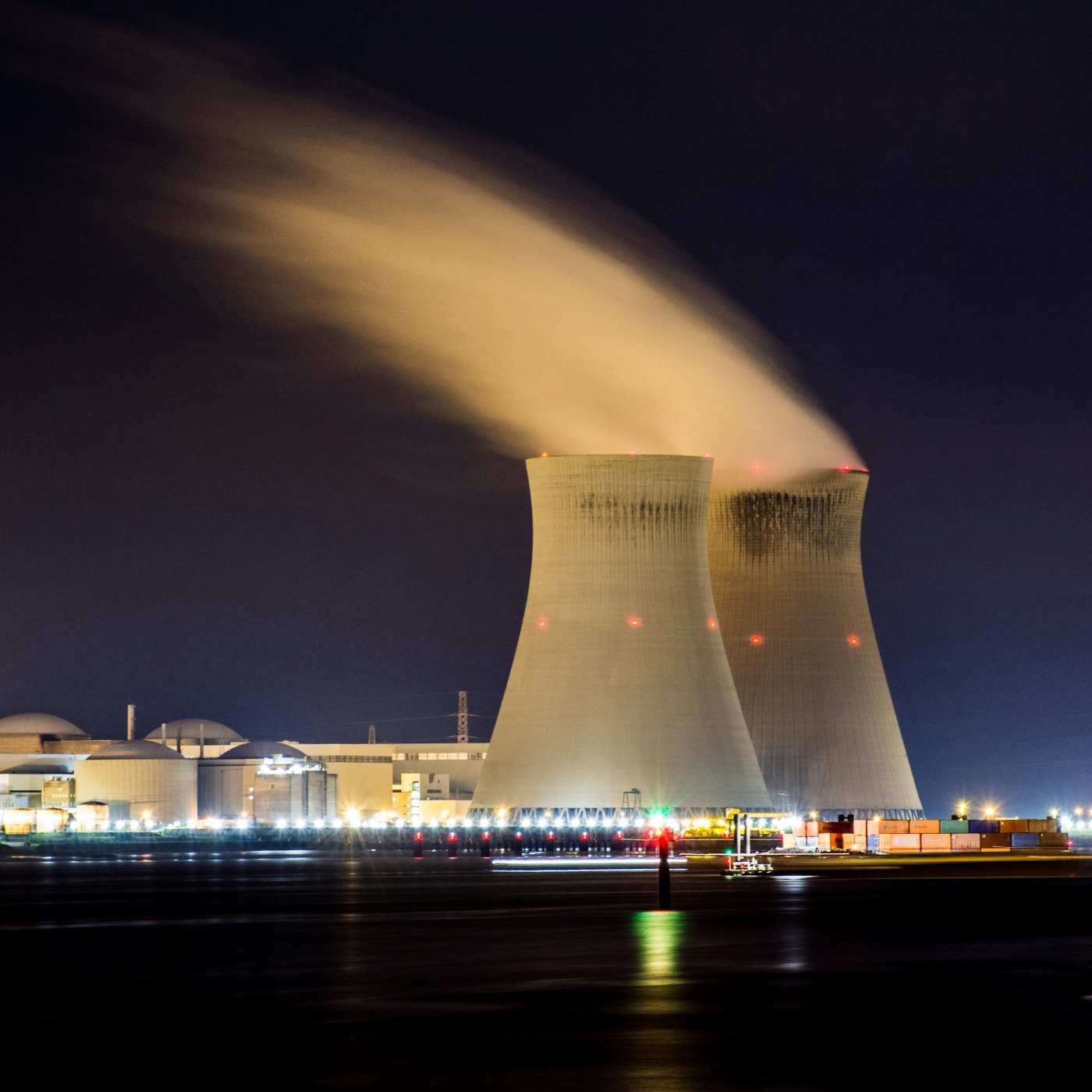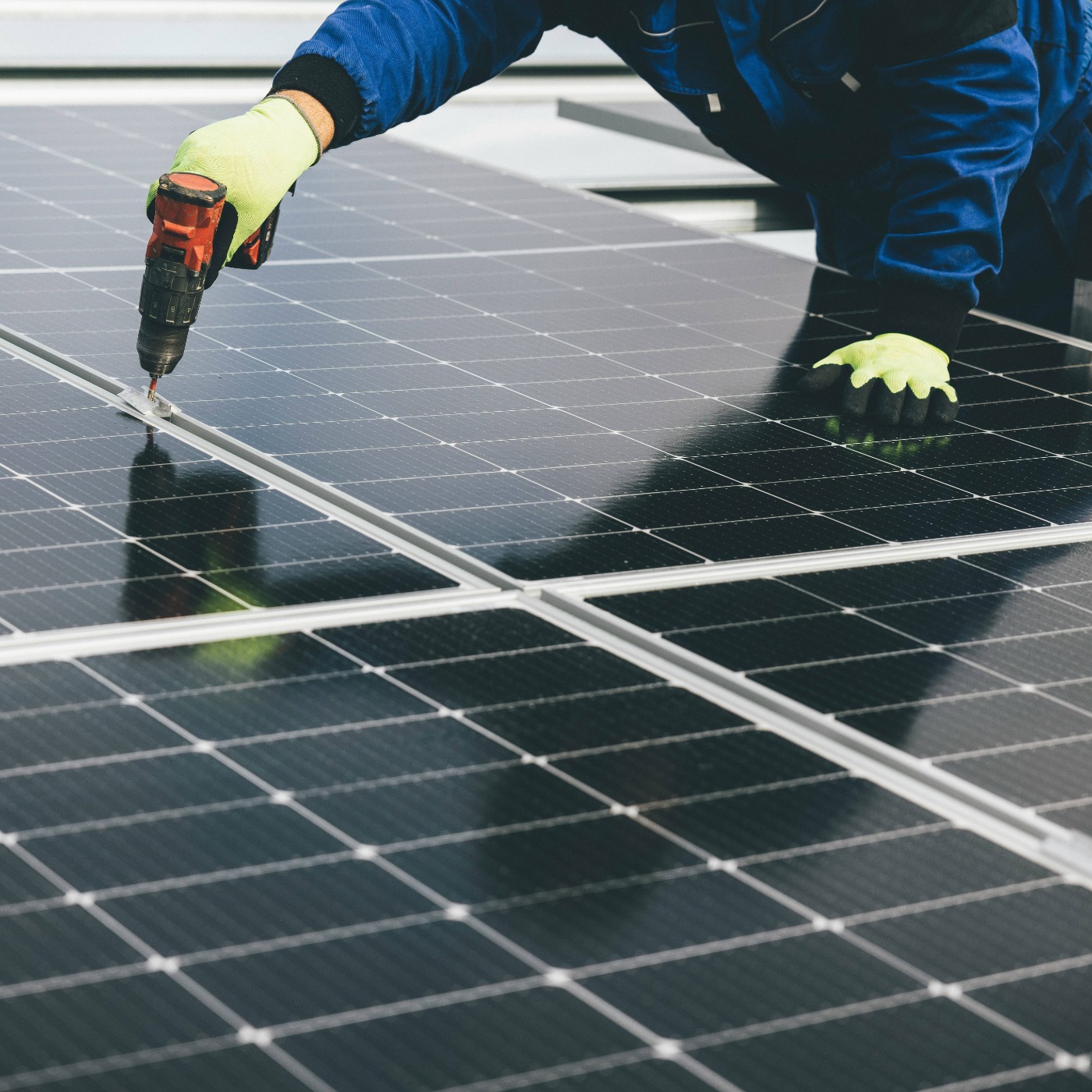01. Definition
What is the energy crisis?
In recent years, many scientists have raised their voice to warn about climate change, caused notably by the burning of oil and coal in order to produce energy.
Solutions to the energy crisis
Over the last two centuries, energy needs have skyrocketed dramatically, especially because of the transportation and industry sectors. However, fossil fuel are polluting and their reserves are limited. We know today that these resources are close to exhaustion and our societies are facing a major challenge: the energy crisis.

01. Definition

02. Causes

03. Impacts

04. Solutions
05. Implementations
Solar Boating Franchise for Entrepreneurs by seaZen implemented by HELP-NATURE SARL in Antibes (France) in 2023
RetroKit Energy Upscaling Technology by RetroKit Ltd implemented by Cork City Council in Cork (Ireland) in 2020
METRON Energy management by METRON implemented by SIBELGA in Brussels (Belgium) in 2009
SolarisKit by SolarisKit Ltd implemented by Zima Homes in Nairobi (Kenya) in 2024
Speed-O-Clar by Densiline implemented by Agglomération du Bocage Bressuirais in Bressuire (France) in 2022
Desolenator by Desolenator implemented by Silal in Abu Dhabi (United Arab Emirates) in 2023
Desolenator by Desolenator implemented by Carlsberg Group in Bengal (India) in 2020
Desolenator by Desolenator implemented by Dubai Water and Electricity Authority in Dubaï (United Arab Emirates) in 2022
ElectricFeel Shared Mobility OS by ElectricFeel implemented by City of Basel (Switzerland) in Basel (Switzerland) in 2018
Absolicon Robotic Solar Concentrator Production Line by Absolicon Solar Concentrator implemented by Absolicon in Härnösand (Sweden) in 2019
APT-HP™ High-power plasma torch by PyroGenesis Inc. implemented by RISE Research Institutes of Sweden in Lulea (Sweden) in 2020
VG Holz by Demet'Air implemented by Toulouse Métropole in Toulouse (France) in 2019
Lungs of the City by ENS Clean Air implemented by City of Eindhoven, Eindhoven University in Eindhoven (Netherlands) in 2018
Lungs of the City by ENS Clean Air implemented by Interparking NV in Brussels (Belgium) in 2024
STOLECT Carnot battery by Stolect implemented by SNCF in Rennes (France) in 2022
Elemental Water Source by Elemental Water Makers implemented by Save the Children in Hafun (Somalia) in 2023

06. Conclusion















